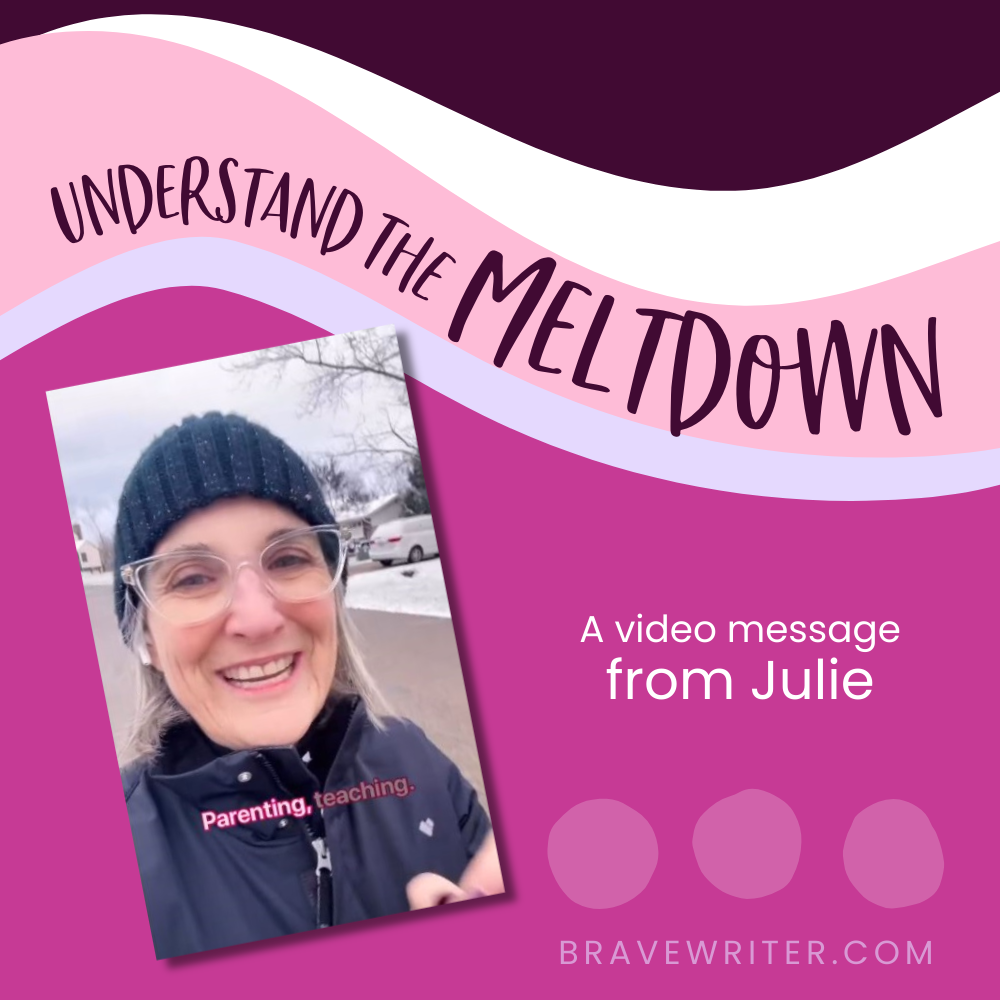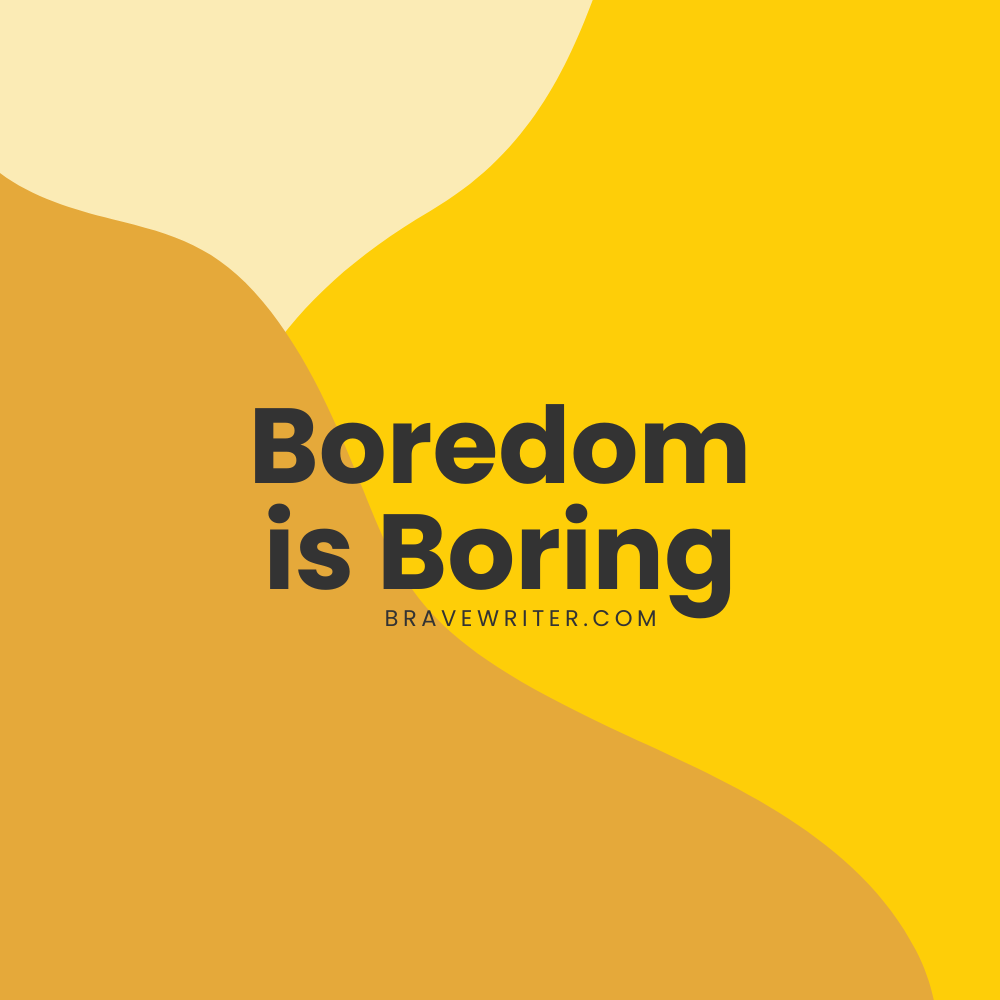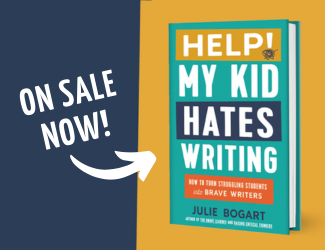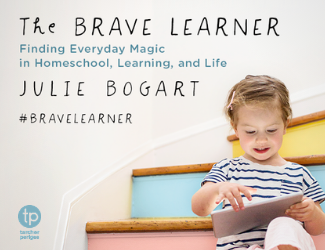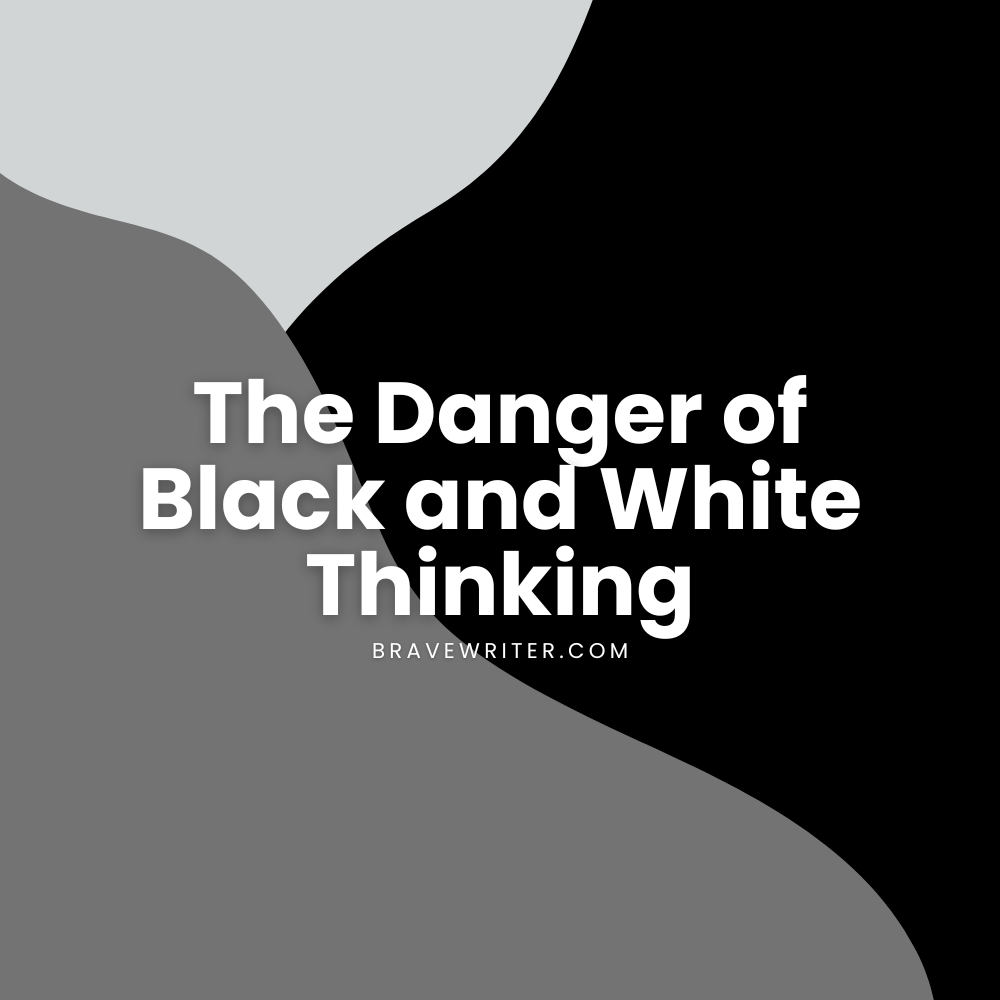
In his book, Strong Religion, Gabriel Almond (plus authors) makes a case for the idea that when a society is going through seismic shifts that feel unnerving, the tendency is to double down on the past and black-and-white thinking. Many times we adopt a fundamentalist spirit, whether or not, we are religious.
The hallmarks of that fundamentalism are:
- a rejection of the threatening new ideas or technologies,
- and a desire to return to familiar ones that make a person feel safe and secure.
Black-and-white thinking leads to suspicion which creates in and out groups. Problem-solving to account for a variety of needs goes out the window.
How does this relate to home education?
In the homeschool space, sometimes we fall prey to fundamentalist thinking about education—who qualifies as a true homeschooler or we eye other educational spaces or philosophies with suspicion.
Critical thinking starts with curiosity and a willingness to dissent. It also expands to include uncomfortable perspectives in an attempt to learn from them. It means not having the comfort of certainty but the relief of having your own thoughts—even ones that don’t fit neatly into your group.
I know I’m in my black-and-white mind when I’m smug, flippant, and stop being curious about what makes someone else tick. I know I’m thinking better when I pause to wonder—why, how, what was it like for _____, and what don’t I know about this?
For more, watch the accompanying video.
Also, my book Raising Critical Thinkers offers tools to get out of black-and-white thinking.






